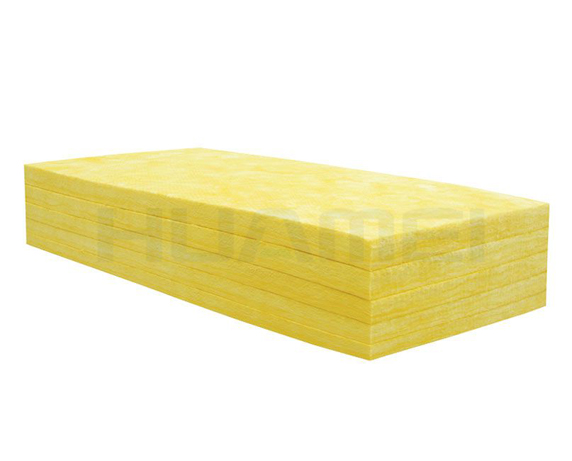E-mail: marketing@hbhuamei.com
Glass wool insulation is made from recycled glass bottles, sand and other materials. Glass wool is just another name for glass fibre insulation. Sometimes it is also called glass fibre insulation or glass fibre segments. They are melted at very high temperatures and then spun into fibres. The result is the formation of millions of tiny air pockets inside the insulation, which gives glass wool insulation excellent insulating properties.
You may be surprised to learn that glass wool insulation works in a very similar way to natural sheep’s wool and down feathers. Various binders can be used to hold the insulation together.
At its best, wet insulation is a challenge, and glass wool insulation is no exception. It's easy to see why wet insulation doesn't work and won't cause a homeowner any problems if it's installed when it's wet. Firstly, glass wool relies on tiny air gaps inside - technically speaking, air gaps are true insulators. Now, if these are saturated with water, then your insulation is ready! Furthermore, wet glass wool insulation is susceptible to mould and can introduce moisture into any area of the building in which it is installed, with potentially devastating consequences. Glass insulation should therefore always be stored in a high and dry place and if any part of the glass wool section gets wet, it should be cut off, discarded and never used.

Glass wool insulation is still very popular, and for good reason. Much of the insulation comes from sand, one of the world's most abundant natural resources. Other advantages of glass fibre insulation sections are that they are resistant to insect damage and are non-combustible (won't catch fire) - an obvious benefit considering that they are most often installed in the actual building frame. If installed correctly under the roof, ceiling or floor of a house, the glass wool insulation should last as long as the house itself.
All fibreglass insulation can be a little itchy, especially if you have sensitive skin. The itching caused by using modern quality glass wool insulation is not caused by chemicals, but by the tiny glass fibre ends that make up the consistency of the glass insulation. It is therefore advisable to wear a long-sleeved shirt and gloves when handling glass wool and if you still find your hands and arms itchy at the end of the day then a good rinse in cold water will solve the problem without too much trouble.
As the name suggests, recycled glass is the key ingredient in the manufacture of glass wool insulation. This mixture is then heated to its melting point along with other ingredients such as baking soda, limestone and most sand, which are then spun into long, fine glass fibre strands. The binder is added to the mixture and then, after baking in a large oven, the insulation is cut into thin sheets and cooled before being packaged.
Copyright © Huamei Energy-saving Technology Group Co., Ltd. All Rights Reserved | Sitemap | Privacy Policy
Insulation solutions LIST: Insulation solutions LIST